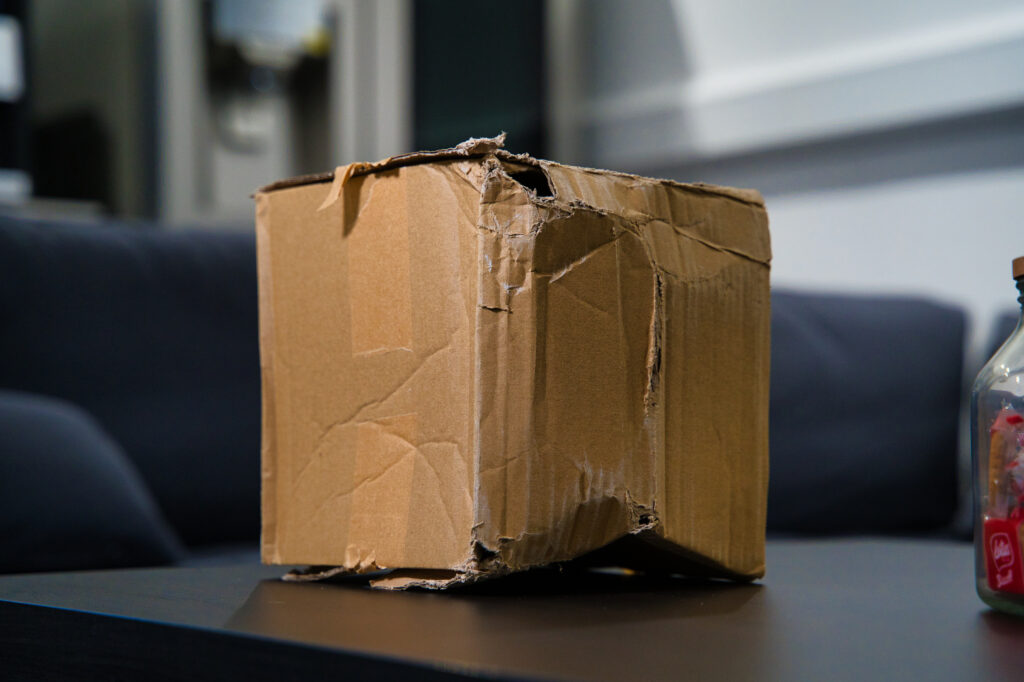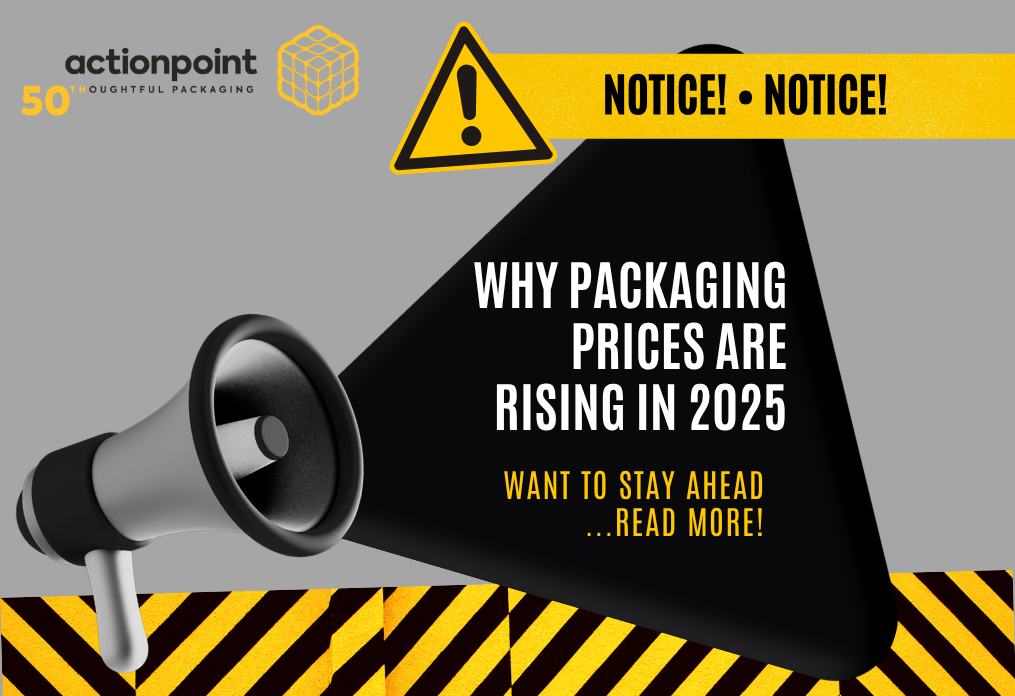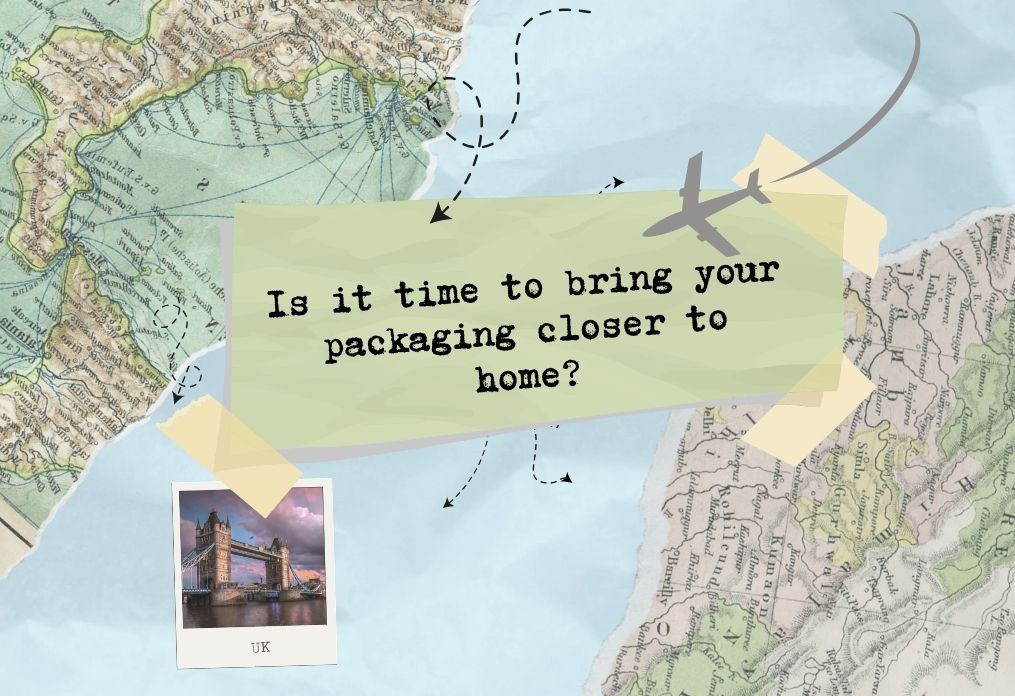Quick guide to primary, secondary, and tertiary packaging
All good things come in threes, but does that ring true for your packaging? In this blog, we take a closer look at the trio of protective layers that get your goods from warehouse to customer: primary, secondary, and tertiary (or shipment) packaging.
Discover what they are, how they work, and key factors to consider. With a better understanding of these layers, you can make informed packaging decisions, optimise logistics, and reduce operational costs.
Primary packaging: first impressions and the first line of defence
Primary packaging is the layer you are probably most familiar with. It’s what the end customer sees, touches, and opens, so it plays a major role in branding and consumer experience. Think of a tin of baked beans (the metal and the label) or the foil wrapper around a chocolate bar.
Primary packaging must be designed to:
- Contain the product.
- Protect it from damage, moisture, or contamination.
- Preserve it until it reaches the customer.
- Help to sell the product (branding).
- Inform the customer on contents and usage.
- Be convenient for the end user (easy to open/recycle).
Primary packaging, EPR, and RAM
We can’t talk about primary packaging without mentioning the UK’s Extended Producer Responsibility (EPR) regulations. Specifically, the Recyclability Assessment Methodology (RAM). As of 1 January 2025, every piece of packaging that ends up as household waste must have a RAM score. This rating determines the EPR fee.
RAM uses the following traffic light system:
- Green: Easy to recycle at scale.
- Amber: Some challenges in collection, reprocessing, or sorting.
- Red: Difficult to recycle under current UK infrastructure.
Going back to the baked bean tin example – most consumers would assume it has a ‘green’ score. In fact, it’s classed as hard to recycle because of the glued-on label. Forward thinking brands are now exploring single-material packaging or designs that are easy to separate for recycling.
Size matters too. Packaging components smaller than 40mm in two dimensions (like tear strips on a box) may slip through sorting machinery. They are considered non-recyclable, even if made from widely recyclable materials.
Packaging and PPWR
On the subject of legislation, a quick note on the Packaging and Packaging Waste Regulation (PPWR). If you’re exporting goods into Europe, it’s important to consult your packaging supplier on PPWR. This regulation applies to all layers of packaging, not just primary packaging.
Under PPWR, businesses have to consider packaging weight and volume, prohibited materials, amount of ‘empty space’ transported, recycled content, labelling, and much more. Penalties for non-compliance include hefty fines. And to add more complexity to the mix, each EU country is interpreting PPWR in a slightly different way, such as using different recycling logos.
Secondary packaging: grouping and protecting multiple units
The main purpose of secondary packaging is to contain multiples of the primary packaging. Such as shrink-wrapped bundles of bottled water or a corrugated box holding 16 packets of biscuits.
Its main functions include:
- Protecting grouped items from damage in transit or storage.
- Making items easier to stack, ship, or display.
- Reinforcing branding and messaging (especially in retail-ready packaging).
Examples of secondary packaging include paperboard cartons, shelf-ready trays, retail multipacks, and gift boxes or bubble mailers for e-commerce.
Secondary packaging doesn’t usually end up in household waste (except for e-commerce packaging). While sustainability should still be a priority, there is less emphasis on ease of kerbside recycling.
Secondary packaging and damages
If your damage rates are high, secondary packaging is often the root cause. It must be designed to withstand storage and transit conditions, whether that involves damp, dust, or extreme (or fluctuating) temperatures. For example, when boards are the wrong grade, moisture can compromise the packaging. In the worst cases, pallets may collapse.
It’s not just materials; dimensions and structural design are also critical to box strength. For instance, a square box can bear more stacking weight than a rectangular one. Modifications such as perforations, hand holes, scoring, or even print areas can weaken the structure. The size of the box also affects how many units you can fit per pallet, which directly impacts logistics and cost efficiency.
Tertiary packaging: built for bulk transport
Tertiary (or shipment) packaging is the final outer layer used in shipping and distribution. Products go through a lot of stress in transit, from forklift handling and loading/unloading to enduring road transport. This packaging makes sure your goods survive the journey.
Types of tertiary packaging include stretch wrap or shrink film, pallets and strapping, outer corrugated shipping boxes, plastic crates, and plastic or metal drums.
Its purpose is to:
- Secure products during long-distance shipping.
- Consolidate units into manageable loads.
- Increase handling and storage efficiency.
Packaging choices at this level are often driven by the product. Goods such as fruit, vegetables, and seeds need to breathe, so a netted stretch film is better than standard wrap. For heavy or unusually shaped products, bespoke pallets or reinforced tertiary packaging are good options. They prevent overhang and safeguard products and workers.
Just one weak link can lead to unstable pallets and costly breakages – and stretch film is a repeat offender. For optimal performance, stretch film should be stretched 200-250% of its length. This is very hard to do by hand. More businesses are now investing in machine-applied stretch wrap to improve consistency, minimise waste, and enhance protection.
Tertiary packaging should also be compatible with delivery vehicles and warehouse racking to maximise available space. Be sure to check for any requirements specific to your industry – such as pallet size, material, hygiene, and treatment.
Putting it all together
For a truly effective packaging solution, it’s best to consider all three types together. If you decided to reduce the size of your primary packaging, it would create excess space within the secondary packaging – compromising carton strength and allowing movement in transit. Adjusting the carton size then changes how it fits on the pallet, so you would need to review pallet size, configuration, or wrapping technique.
It’s a balancing act. But you don’t have to do it alone, wasting time and resources on trial and error. At Actionpoint we have over 50 years of experience designing primary, secondary, and tertiary packaging that work together seamlessly.
Contact us today to explore how we can help you create the ideal end-to-end packaging strategy for your business.




